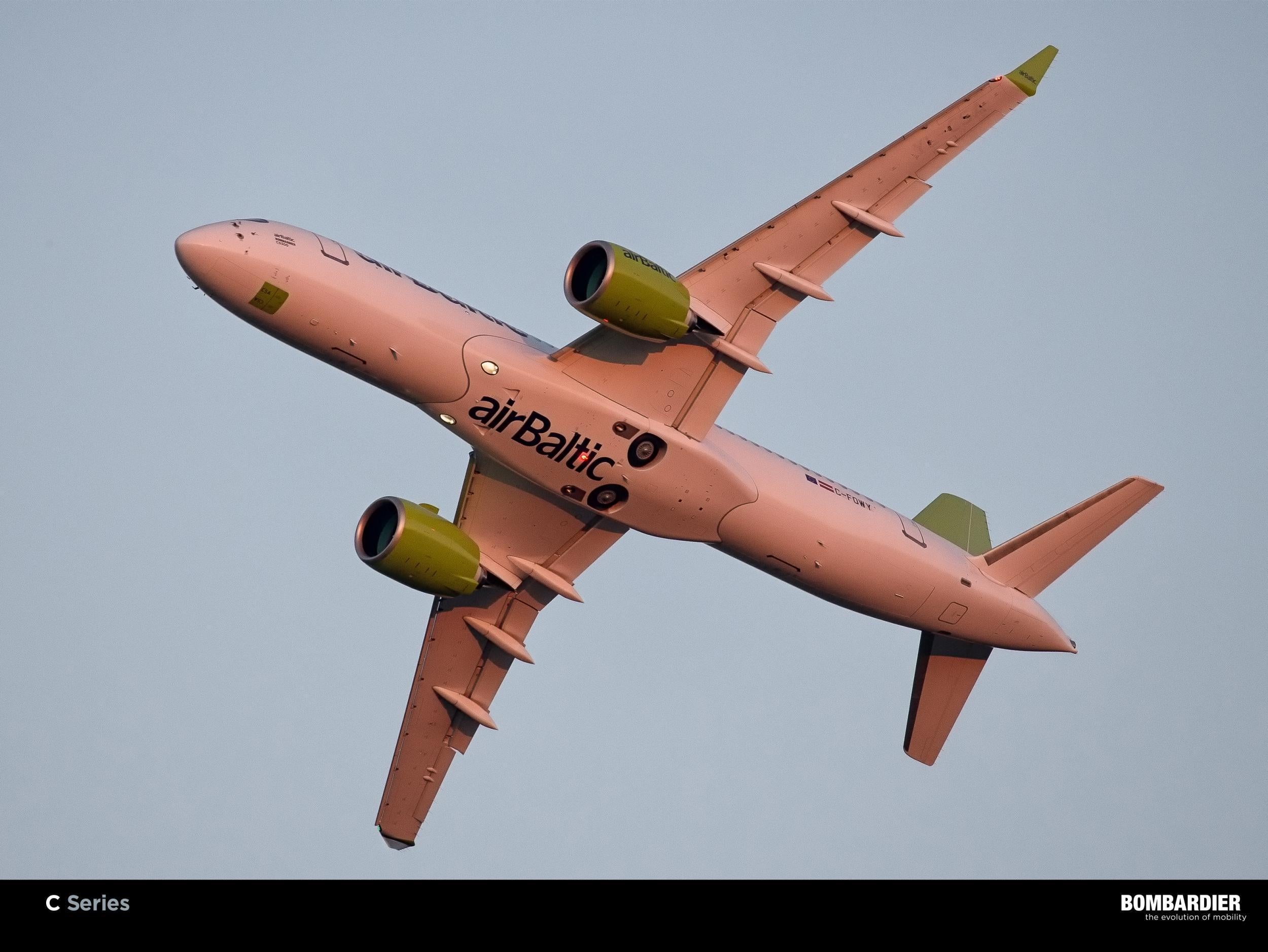Airbus and Bombardier tie-up could signal shift in aviation empires
Plane talk: The undisputed winners here, as so often in aviation, will be the commercial lawyers

Your support helps us to tell the story
From reproductive rights to climate change to Big Tech, The Independent is on the ground when the story is developing. Whether it's investigating the financials of Elon Musk's pro-Trump PAC or producing our latest documentary, 'The A Word', which shines a light on the American women fighting for reproductive rights, we know how important it is to parse out the facts from the messaging.
At such a critical moment in US history, we need reporters on the ground. Your donation allows us to keep sending journalists to speak to both sides of the story.
The Independent is trusted by Americans across the entire political spectrum. And unlike many other quality news outlets, we choose not to lock Americans out of our reporting and analysis with paywalls. We believe quality journalism should be available to everyone, paid for by those who can afford it.
Your support makes all the difference.The Airbus A318 is an odd little plane: short, stubby and unpopular.
While many aircraft are designed with a possible “stretch” (extending the fuselage to increase the number of seats), the smallest member of the Airbus family is a shrink-of-a-shrink.
The extraordinarily successful Airbus A320 entered service three decades ago. Seven years later, its stretched sibling appeared: the A321, which has quietly become a game-changer aircraft on medium-haul routes, and a particular favourite on US transcontinental flights.
The first shrink was the A319. It held 156 people in low-cost configuration, two dozen fewer than the mother ship. Popular for a while, it signalled easyJet’s switch from Boeing to the European planemaker.
On occasion, easyJet would fly it with six seats bearing a large X, with passengers forbidden from occupying them; that took the official capacity down to 150, so it could be staffed with three, rather than four, cabin crew.
If the A319, A320 and A321 are the small, medium and large, the A318 is the extra-small. It is certified for a maximum of 136 passengers, and typically is configured to carry many fewer. British Airways has one with 32 seats which it uses for the flagship London City-New York JFK route. Numbered BA1, it is known as son-of-Concorde.
Like Concorde, the A318 has very few airline customers. The only time I have flown on one was on Air France (the biggest airline customer for the jet). It was from Heathrow to Paris on a Saturday evening, a very off-peak departure for which a very small plane was ideal. But the costs-per-seat are much higher than for longer versions of the jet, which is why only one per cent of the A320 family ever built are A318s.
I mention this because it helps to explain the remarkable news this week that Airbus and the Canadian regional-jet maker Bombardier have decided to team up on the latter’s C-series project.
Bombardier, which has endured severe financial turbulence in recent years, has pinned its aviation hopes on the CS-100 and CS-300. These twin jets are significantly bigger than previous regional planes, with up to 133 and 160 passengers respectively. If you were paying attention earlier, you will see that they more or less match the A318 and A319 for capacity.
They burn a lot less fuel, too. Which helps explain why Delta put in a firm order for 75 planes, with an option on 50 more. At list price, that represents $9bn (£6.8bn). But Delta is thought to have negotiated a discount of at least two-thirds, taking bill down to an attractive $3bn (£2.2bn).
Too attractive, declares Boeing. The Seattle planemaker accused Bombardier of “dumping” planes well below cost, thereby disrupting “free and fair trade”.
“These duties are the consequence of a conscious decision by Bombardier to violate trade law and dump their C Series aircraft to secure a sale,” said the manufacturer. "This dumping in our home market was not a situation Boeing could ignore."
The US Department of Commerce concurred, proposing a levy of 220 per cent on each plane, plus 80 per cent anti-dumping duty. Suddenly Delta’s deal looked like costing an unattractive $12bn (£9bn).
Careful what you wish for, Boeing. Just after midnight, British time, on 17 October, a press conference was held at the Queen Elizabeth Hotel in Montreal to end hostilities between Bombardier and Airbus. (Appropriately, this is the hotel where John Lennon recorded Give Peace a Chance.)
In a single bound, Airbus has taken a 50.01 share in the C-series and promised an assembly line for the plane alongside its existing factory in Mobile, Alabama.
Tom Enders, chief executive of Airbus, called the deal “a win-win for everybody”. The joint venture’s argument is that since the aircraft will be put together in the US (albeit from largely imported components), it will be American made and therefore free of duty.
Boeing doesn’t see things quite like that. Its executive vice-president and general counsel, J Michael Luttig, tweeted: “The announced deal has no impact or effect on the pending proceedings at all.” He contends that the anticipated 300 per cent penalty will apply to every imported part, “or it will not be allowed into the country”.
The undisputed winners, as so often in aviation, will be the commercial lawyers. Yet the midnight move by Airbus and Bombardier will disturb the equilibrium of the aviation empires. With Embraer of Brazil, Comac of China and Sukhoi of Russia becoming serious players, the passenger who vows “If it ain’t a Boeing, I’m not going” may find it increasingly tricky to find their chosen brand of aircraft.
Join our commenting forum
Join thought-provoking conversations, follow other Independent readers and see their replies
Comments